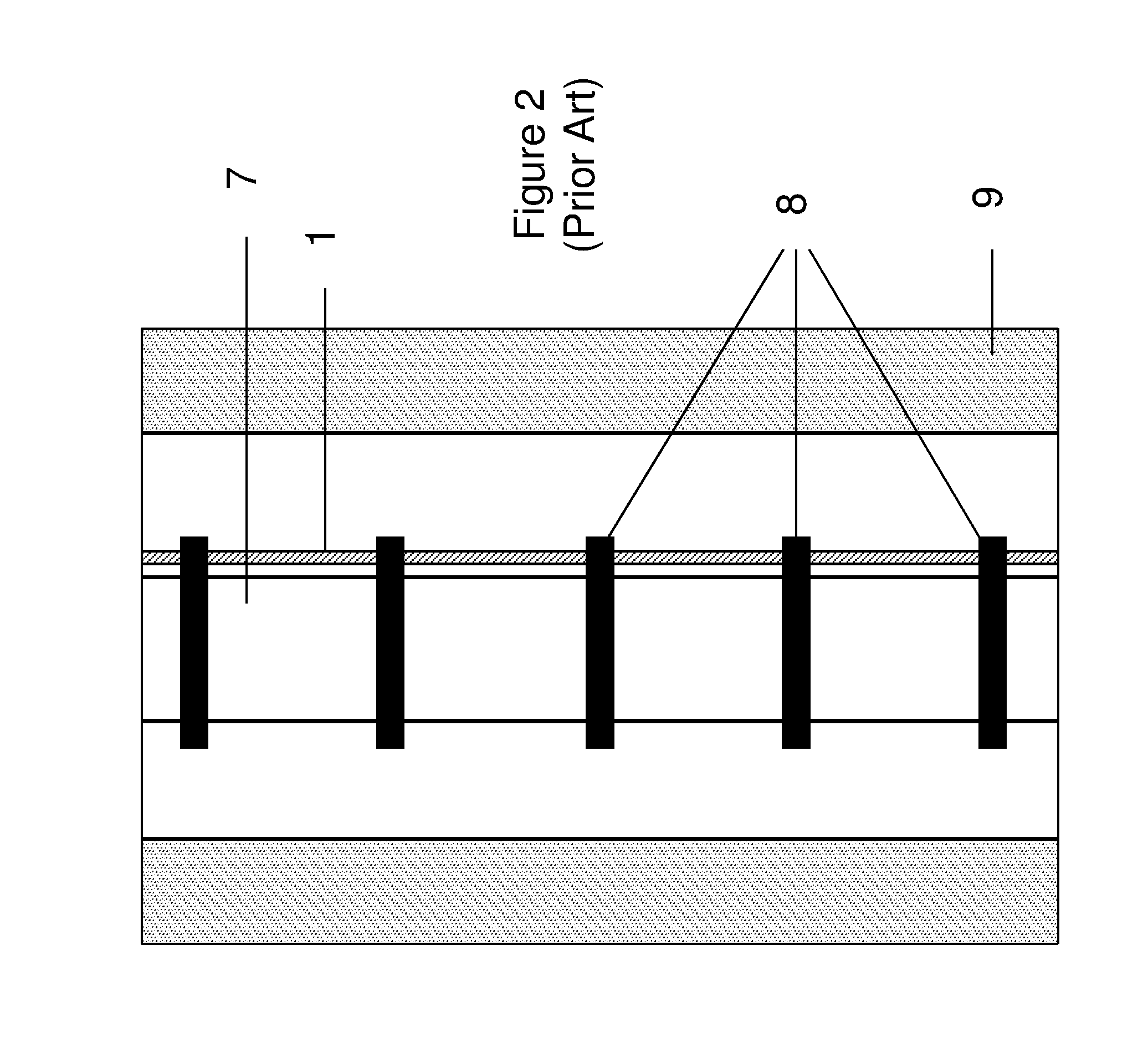Non-isotropic acoustic cable
- Summary
- Abstract
- Description
- Claims
- Application Information
AI Technical Summary
Benefits of technology
Problems solved by technology
Method used
Image
Examples
Embodiment Construction
[0066]In a particular embodiment of the invention, described here in order to provide an example of a preferred implementation of the present invention, a distributed acoustic sensor is provided along a fibre optic cable, which emulates having a plurality of discrete sensing points. In order to emulate the discrete points of acoustic coupling, the acoustic coupling between the outer layer and the at least one optical fibre arrangement is adapted as will be described.
[0067]With reference to FIG. 3, there is provided a length of fibre optic cable 10 comprising at least one optical fibre arrangement 100 surrounded concentrically by an outer layer 101, wherein a gap 200 is provided between the at least one optical fibre arrangement 100 and the outer layer 101. The gap 200 comprises at least one acoustic insulating material, typically air, which exhibits low acoustic coupling. The air layer 200 acts as a sound insulating layer between the outer layer 101 and the at least one optical fibr...
PUM
 Login to View More
Login to View More Abstract
Description
Claims
Application Information
 Login to View More
Login to View More - R&D
- Intellectual Property
- Life Sciences
- Materials
- Tech Scout
- Unparalleled Data Quality
- Higher Quality Content
- 60% Fewer Hallucinations
Browse by: Latest US Patents, China's latest patents, Technical Efficacy Thesaurus, Application Domain, Technology Topic, Popular Technical Reports.
© 2025 PatSnap. All rights reserved.Legal|Privacy policy|Modern Slavery Act Transparency Statement|Sitemap|About US| Contact US: help@patsnap.com



